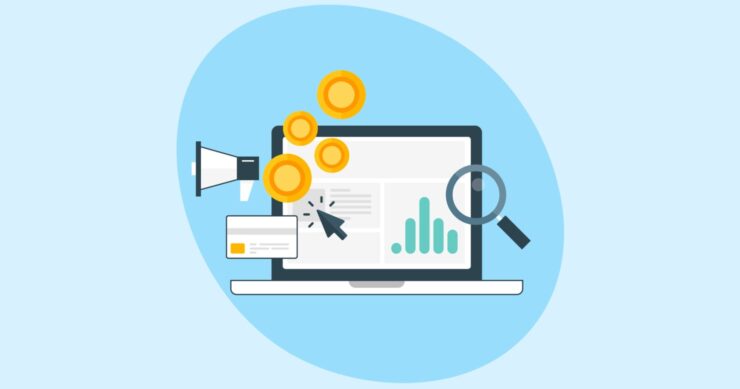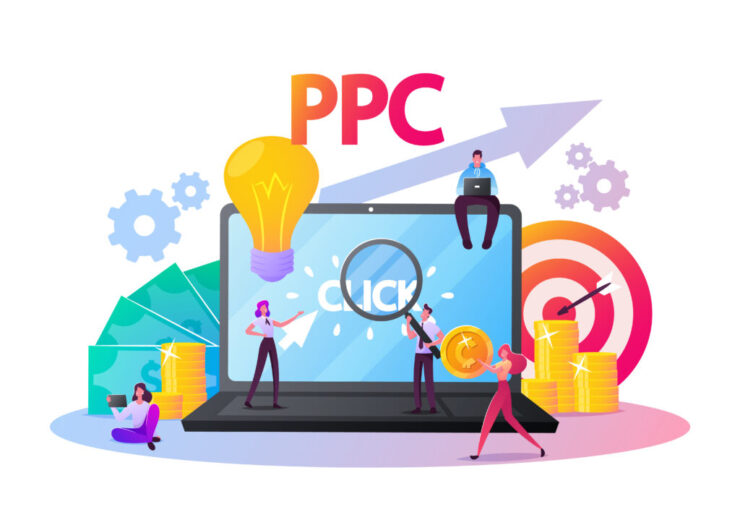Tired of watching your PPC budgets bleed out with meager returns? Frustrated by siloed ad campaigns that can’t quite achieve unified brand messaging or frictionless customer experiences? Well strap in, my e-comm warriors, because I’m about to let you in on the secret sauce for advanced PPC mastery: omnichannel platforms.
See, the old ways of slinging paid ads at individual sales channels just doesn’t cut it on today’s modern retail battlefield. To truly maximize those marketing dollars and build lasting brand equity, you need synergy between your advertising efforts, sales operations, and overall customer journey. That’s the power of an integrated omnichannel approach combined with savvy PPC optimziation and automation.
I’ll be the first to admit that when I started this entrepreneurial journey, just the thought of juggling campaigns across dozens of sales channels made my head spin. Between tangled inefficiencies, lack of unified data insights, and repetitive grunt work, I was hemorrhaging cash on paid ads trying to stay afloat in the chaos.
But then I discovered the utopian potential of unifying my operations and marketing under an omnichannel e-commerce umbrella – and the process for mastering both is way more straightforward than you’d think…
Centralize Your Operations Hub

Step one is getting your entire commerce ecosystem centralized and streamlined through a single operational system and product database. This omnichannel ecommerce platform overlord facilitates synced inventory, listings, orders, and customer data across any and every connected sales channel.
With a unified hub for effortlessly publishing products to marketplaces, retail media networks, social platforms, and any shoppable ad placements, you cut down on redundant listing busy-work. More importantly, you establish the data integration pipelines needed to seamlessly feed optimized products, inventory signals and customer insights into your PPC campaigns.
Granular Audience Segmentation and Targeting
With your data unified, it’s time to get surgical about identifying specific customer profiles, behavior flows, and conversion paths across your commerce ecosystem. Use your platform’s AI tools to build rich audience segments for hyper-targeted PPC campaigns tailored to precise interests and purchase tendencies.
Then leverage those insights to spot underutilized platforms and channels lacking strategic paid coverage. Maybe there’s an untapped podcast advertising venue ideally suited for prospecting new customers in your target demo. Or a prime promotion window during lunchtime Twitch streams when viewership spikes for your niche community. Let your unified customer intelligence guide where and how to best deploy paid content.
Streamlined Automated Campaign Management

Now that you’ve defined your audience and channel priorities, leverage your omnichannel connections to easily set up automated PPC campaigns through integrated marketing channels like Amazon, Google, Facebook, TikTok and more. Just define your targets, awareness objectives and desired efficiency metrics.
Machine learning algorithms will continuously refresh creative, reallocate budgets to top-performing placements, and optimize bids across entire portfolios. Testing and iteration happens in real-time based on changing marketplace dynamics, with central analytics to track unified performance. No more juggling a dozen disparate ad accounts!
Unified Cross-Channel Ad Deployment
One of the biggest superpowers centralized within your omnichannel ecosystem? The ability to effortlessly syndicate your winning automated PPC campaigns and ad creative across any available digital retail frontier:
Social commerce experiences, voice search promotions, immersive AR/VR activations, and even emerging channels like connected TV and OTT video – you’ve got a seamless distribution pipeline to efficiently scale coverage anywhere your audience is paying attention.
So while your core automated PPC buys might focus on lower-funnel channels like Amazon and Google Shopping, you can complement those conversion workhorses with hyper-targeted prospecting campaigns on TikTok, Snap, and beyond. Heck, why not spin up video ads to conquer the lucrative YouTube unboxing and haul spheres in your vertical?
Omnichannel Insights Drive Continuous Optimization

The final step is embracing an iterative cycle of optimization and scale, using unified data streams and centralized performance analytics to continually refine and expand your PPC growth engine.
With crystal clear visibility into full-funnel shopper paths, you can identify and remedy leaky segments through immersive retargeting sequences and nurture campaigns. Struggling with Amazon second-chance bounces? Spin up hyper-targeted conquesting to win back consideration. Creative fatigue depressing sales? Roll out efficient A/B tests and refresh ad variants across every campaign with a couple clicks.
Let’s be real – today’s hyper-fragmented digital retail landscape demands an equally unified, multi-pronged advertising approach to thrive. By consolidating your sales operations and marketing efforts under one connected omnichannel umbrella while intelligently automating your PPC portfolio, you achieve that coveted “greater than the sum of its parts” advantage. Now that’s a killer combo!
Mapping the Customer Journey
One key aspect of PPC optimization is understanding and mapping the entire customer journey. By tracking interactions across various touchpoints, you can pinpoint key moments of influence and conversion. This data allows you to craft your ad messaging and timing, making sure each PPC ad addresses the customer precisely where they are in their decision-making process. For example, ads promoting informative blog posts can target users in the awareness stage, while those featuring product demos can aim at customers closer to making a purchase.
Blending Content Marketing with PPC

Content marketing is fundamental for driving organic traffic and building brand authority. Aligning your content strategy with PPC campaigns amplifies your reach and engagement. By creating engaging blog posts, videos, and infographics that resonate with your target audience, you can use PPC to promote these assets effectively. This approach increases visibility and nurtures potential customers by providing valuable information, fostering trust, and encouraging conversions. For instance, a well-timed PPC campaign promoting a detailed product guide can attract high-intent customers ready to buy.
Harnessing Advanced Analytics for Informed Decisions
Making use of advanced analytics tools is crucial for mastering PPC and omnichannel strategies. They offer deep insights into campaign performance, customer behavior, and market trends. These tools help track key metrics such as click-through rates, conversion rates, and customer lifetime value. By analyzing this data, you can make informed decisions about budget allocation, keyword targeting, and ad creative optimization. Continuous monitoring and adjustment based on data-driven insights ensure that your PPC campaigns remain effective and yield the highest possible return on investment.
Optimizing for Mobile Commerce
Given the prevalence of mobile use, optimizing your PPC campaigns for mobile users is essential. Make sure that your ads and landing pages are mobile-friendly, offering a seamless experience for users on smartphones and tablets. Consider using mobile-specific ad formats like click-to-call buttons and app install ads to directly engage mobile users. Additionally, leverage location-based targeting to reach customers on the go, offering them timely promotions and deals. By prioritizing mobile optimization, you can capture a significant portion of the market that prefers shopping through their mobile devices, driving more traffic and conversions.

